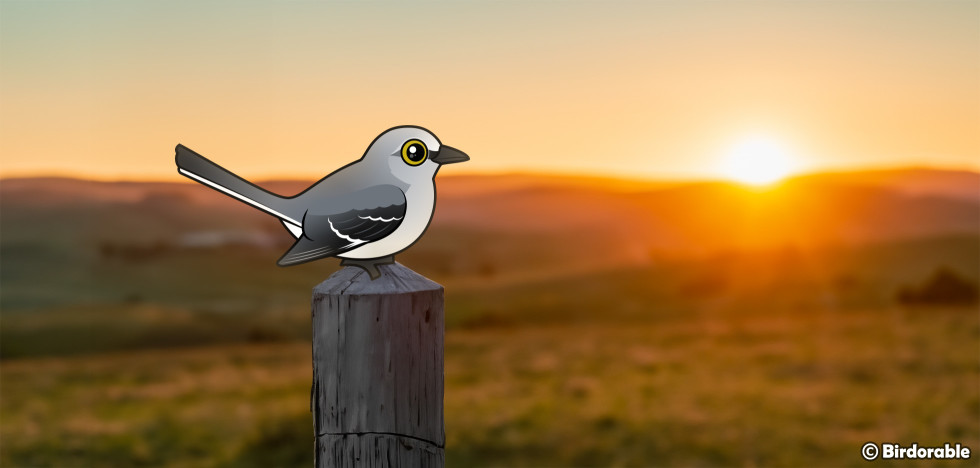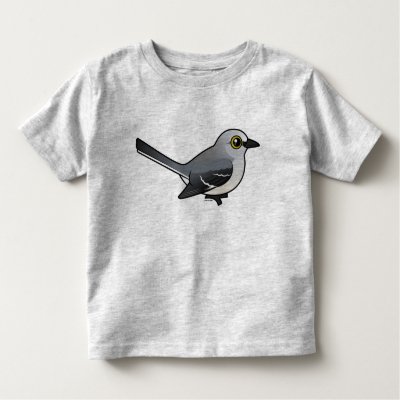The Art of Mimicry: Unveiling the Northern Mockingbird's Vocal Talent

The Northern Mockingbird, named for its ability to mimic or 'mock' the songs of other birds, showcases an impressive vocal range that can include up to 200 different songs and sounds. This extensive repertoire not only covers other bird species but can also extend to mechanical noises and other sounds from their environment, making the Northern Mockingbird one of the most versatile vocalists in the bird world.
Male Northern Mockingbirds, particularly unpaired ones, are known for their vocal endurance and intensity. These males sing with relentless enthusiasm, filling the day and even the night with continuous songs. This behavior is not just a display of vocal prowess but also serves crucial biological functions. By singing, males assert their territory and attract potential mates, broadcasting their presence and readiness to compete for both space and companionship.
This audio clip capturing a Northern Mockingbird imitating the calls of six different species—including the Eastern Bluebird, Northern Cardinal, Northern Flicker, Yellow-breasted Chat, Carolina Wren, and American Robin—provides a fascinating glimpse into the bird's vocal capabilities. Each imitation is a testament to the mockingbird's keen ear and ability to reproduce the intricate sounds of its avian neighbors, sometimes with such accuracy that it deceives even the most experienced birdwatchers.
The Northern Mockingbird's talent for mimicry often leads birdwatchers and even seasoned ornithologists on a merry chase. Its ability to accurately replicate the calls and songs of other bird species can easily deceive listeners into believing they are hearing a diverse array of birds, when in fact, it is just one mockingbird showcasing its vocal prowess. Birders, armed with binoculars and guidebooks, might find themselves scanning the trees for a Carolina Wren or an Eastern Bluebird, only to discover that the source of the song is a single, versatile mockingbird perched high above. This playful deception serves as a reminder of the mockingbird's exceptional auditory skills and its uncanny ability to throw even the most experienced birders off the trail.
The Northern Mockingbird's talent for mimicry is not just a remarkable natural phenomenon but also a source of joy and intrigue for bird enthusiasts. It invites us to listen more closely to the natural symphony around us, appreciating the skill and artistry with which these birds fill their world—and ours—with sound.












Comments
Leave a comment
Thank you!